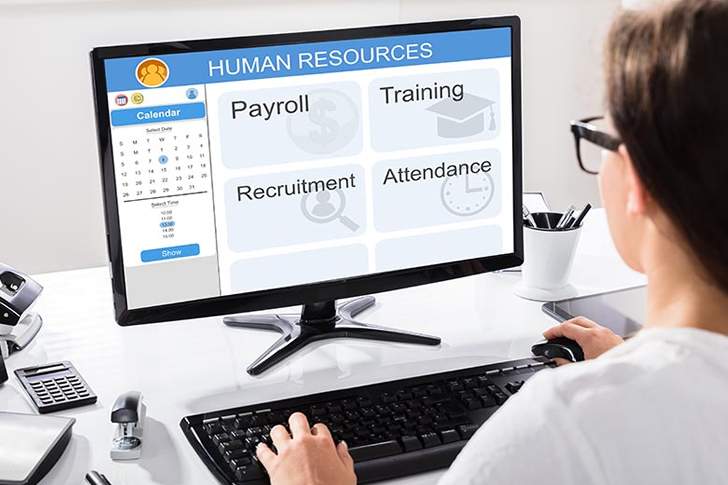Optimizing Your Business with HR Software, Payroll, and Compliance
In today's business world, optimizing HR processes, payroll management, and compliance adherence is crucial. Here are tips and advice on utilizing HR software, mastering payroll, and ensuring compliance.

HR Software: Streamlining Your HR Processes
1. Selecting the Right HR Software
Choosing HR software suited to your organization's needs is the first step toward efficiency. Identify your primary HR functions—whether recruitment, onboarding, performance management, or employee engagement—and align these with software features. Spend time researching and demoing multiple options, ensuring the chosen platform is user-friendly and scalable.
2. Integration Capabilities
Ensure the HR software integrates seamlessly with existing systems such as accounting software and other productivity tools. Robust integration reduces data redundancy and ensures real-time syncing across platforms, providing a holistic view of HR metrics.
3. Automating Routine Tasks
HR software excels at automating repetitive tasks such as payroll processing, leave management, and employee record-keeping. Automation affordables up HR professionals to focus on strategic activities like talent development and employee experience enhancement.
4. Data Security
Given the sensitive nature of HR data, prioritize software that offers robust security features. Look for encryption capabilities, access controls, and regular security updates to safeguard employee information.
Payroll: Efficient and Accurate Processing
1. Automating Payroll Systems
Automated payroll systems save time and reduce errors. Automating calculations, tax withholdings, and direct deposits minimizes manual input, ensures accuracy, and enhances overall efficiency. Choose a payroll system that supports automation to streamline payroll processes.
2. Compliance with Payroll Regulations
Payroll involves adhering to various local, state, and federal regulations. Staying up-to-date with changing regulations is crucial to avoid penalties. Invest in payroll software that updates automatically with regulatory changes, ensuring compliance at all times.
3. Accurate Record Keeping
Maintaining accurate payroll records is essential for audits and dispute resolutions. Ensure your payroll system stores records securely and provides easy access for review. Keep documents such as pay stubs, tax records, and employee profiles well-organized.
4. Payroll Reporting and Analytics
Using payroll software with robust reporting and analytics capabilities provides insights into labor costs, trend analysis, and financial planning. Regularly review these reports to make informed decisions regarding budgeting and staffing.
Compliance: Mitigating Risks and Enhancing Trust
1. Understanding Compliance Landscape
HR compliance involves ensuring all practices adhere to employment laws and regulations. This includes anti-discrimination laws, wage and hour laws, and safety regulations. Familiarize yourself with the relevant laws and stay updated with changes to mitigate risks.
2. Conducting Regular Audits
Regular compliance audits identify potential issues before they escalate. Conduct internal audits periodically to assess adherence to policies and regulations. Use audit results to adjust practices and improve compliance frameworks.
3. Training and Development Programs
Continuous education on compliance for HR staff and management is crucial. Implement training programs focusing on regulatory requirements, top practices, and ethical standards. This ensures everyone remains informed and prepared to implement compliant practices.
4. Clear Policies and Documentation
Develop clear and comprehensive HR policies. Ensure all policies are well-documented and accessible to employees. This transparency fosters a culture of compliance and reduces misunderstandings and violations.
5. Leveraging Compliance Software
Investing in compliance software simplifies tracking and implementation of regulatory requirements. Look for software that offers features like policy management, compliance reporting, and risk assessment. Automated reminders and updates help maintain ongoing compliance effortlessly.
Conclusion
Incorporating the right HR software, automating payroll processes, and adhering to compliance regulations can significantly optimize your business operations. Leveraging technology and staying informed about legal requirements not only reduces risks but also enhances overall productivity and employee satisfaction. Focus on continuous improvement and adaptability to maintain a competitive edge in the ever-evolving business landscape.









